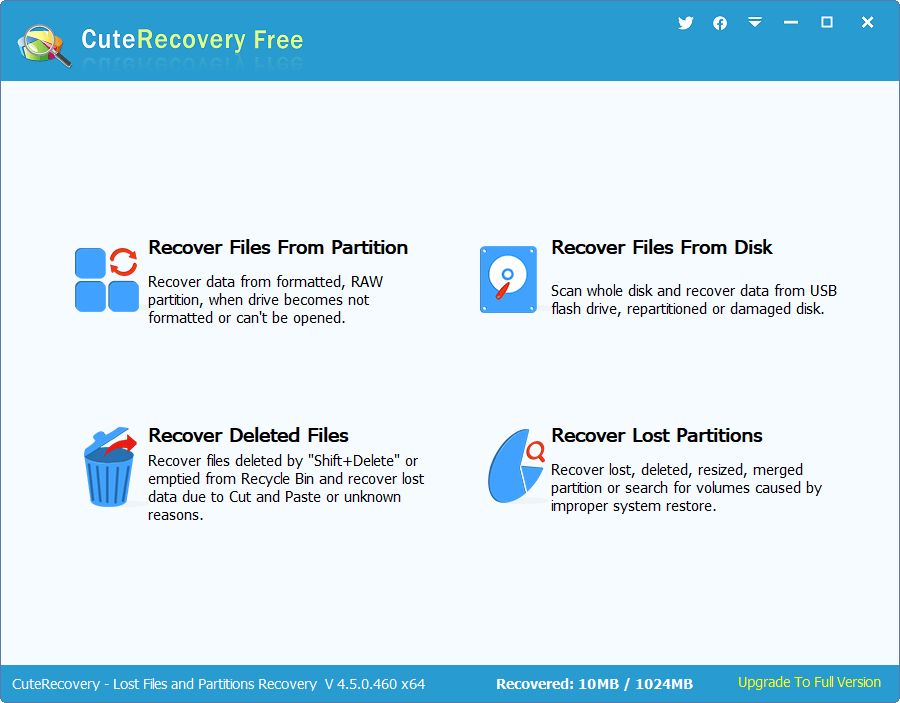

In addition, the failure of the central processor made this SanDisk Extreme CF card completely lose its functionality. The controller that manages all the reading writing operations got damaged. The problem was in the controller of this NAND flash memory card. We did not obverse any shorts or cold solder points. Using the thermal camera and other proprietary methods, we checked for potential short circuits on this board. We removed the protective cover to access the mainboard, chips, and controller to further inspect the board and other parts. Next, we connected the CF card to our data recovery stations to check its behavior.

There were no visible damages on this card. Once we received the compact flash drive, we inspected it for potential physical damage. He found our company on Google and brought the SanDisk memory card to our lab for a free evaluation. He decided to take this card to professionals as the card contains important file systems. He tried different computers and USB card readers, but no luck. When the customer wanted to copy all the raw photos to the computer, the Macbook did not recognize the card. Despite most modern cameras from Canon, Nikon, and Sony supporting both card types, photographers prefer CF cards for their work. Compared to secure digital cards (SD), compact flash memory cards are more reliable, fast, and easy to use during photo shooting. Nowadays, compact flash memory cards are used primarily on professional digital cameras. The customer who needed to recover data was using this card on Canon 5D Mark V to take nature photos in upstate New York. We are happily sharing another successful case about compact flash card recovery from SanDisk Extreme 64GB storage device.


 0 kommentar(er)
0 kommentar(er)
